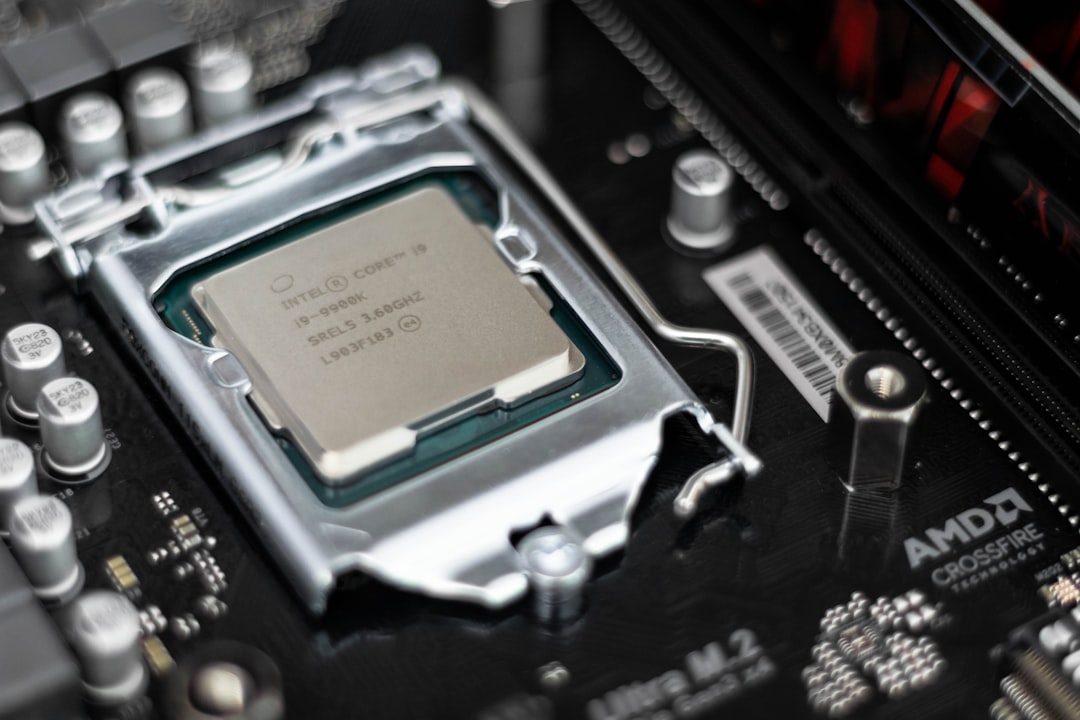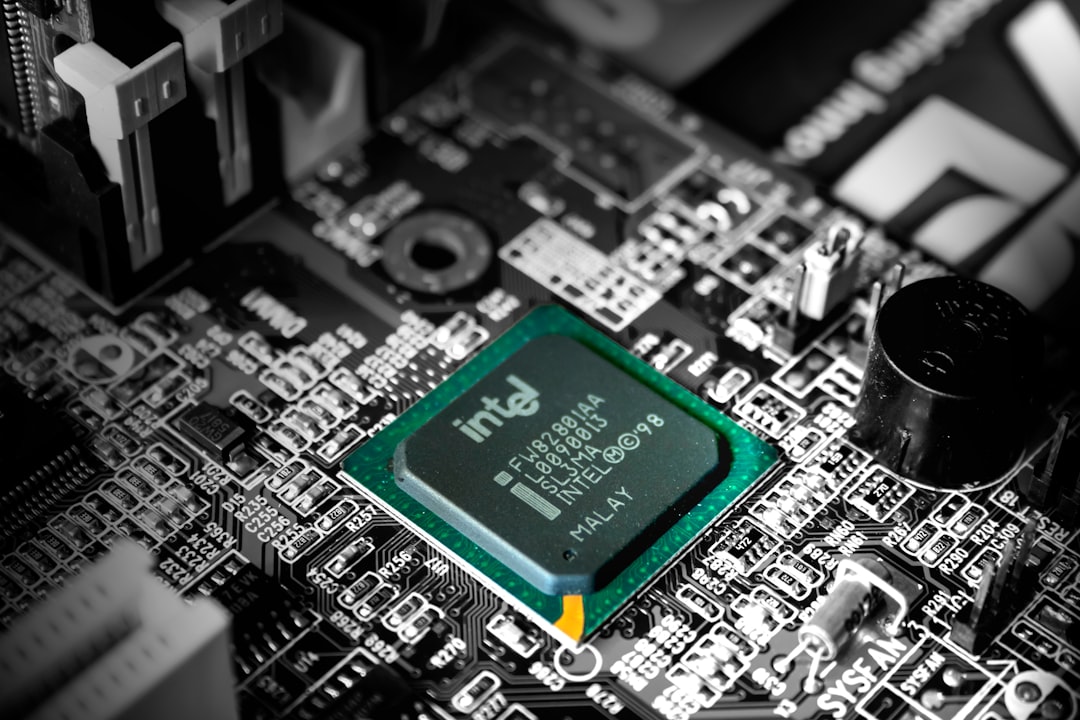Adjusting your CPU fans on an MSI motherboard can significantly improve your computer’s performance and ensure optimal cooling. Whether you’re looking to make your system quieter, control temperatures during heavy tasks, or optimize for gaming, tweaking the fan settings is a necessary skill. In this article, we’ll walk you through the process step-by-step, with clear instructions and tips. These steps are perfect for beginners and enthusiasts alike!
Why is Adjusting CPU Fans Important?
CPU fans keep your processor cool, preventing overheating that could cause serious damage to your system. Proper fan adjustments help you:
- Improve system performance: A cooler CPU functions more efficiently.
- Extend hardware lifespan: Reducing excessive heat slows down hardware wear over time.
- Minimize noise levels: Balanced fan settings eliminate unnecessary fan noise.
Knowing how to adjust your CPU fans on an MSI motherboard ensures you strike the right balance between performance and silence. Let’s dive in!
Step-by-Step Guide to Adjust CPU Fans on an MSI Motherboard
Step 1: Enter the BIOS
Your motherboard BIOS (Basic Input/Output System) is where you’ll make these adjustments. To access the BIOS:
- Restart or turn on your PC.
- Press the Delete or F2 key repeatedly as the computer boots. (This can vary depending on your motherboard model.)
- Once in the BIOS, you’ll encounter an interface labeled MSI Click BIOS.

Step 2: Navigate to the Hardware Monitor
In the MSI Click BIOS, navigate to the section labeled Hardware Monitor. This section gives you an overview of system temperatures, fan speeds, and voltage information. It’s typically accessible via a tab or panel within the BIOS interface.
Tip: Some BIOS versions have a more user-friendly interface called “EZ Mode” and an advanced mode. If you’re a beginner, stick to EZ Mode for simplicity. Advanced users may benefit from toggling to “Advanced Mode” for finer control.
Step 3: Locate Fan Control Options
Within the Hardware Monitor, look for the fan control options. MSI motherboards often come with a graphical interface for fan configuration. This visual aid helps you adjust the fan curves and RPM (rotations per minute) readings with ease.
Edit the Fan Curve
The fan curve determines how the speed of the fan reacts to the CPU temperature. Here’s how you can modify it:
- Drag the curve points up or down to adjust RPM values for specific temperature ranges.
- Test different curves to find the ideal balance for your system’s performance and noise level.
Switch Fan Modes
MSI motherboards often provide preconfigured modes for specific needs, such as:
- Silent Mode: Minimizes noise by running fans at low RPMs until temperatures rise significantly.
- Gaming Mode: Optimized for gaming, prioritizing cooling.
- Custom Mode: Allows you to tune the fan speeds exactly as you like.

Step 4: Save and Exit
Once you’re satisfied with your adjustments:
- Hit F10 or use the “Save & Exit” option within the BIOS menu.
- Allow your PC to reboot, applying the new fan settings you configured.
Congratulations! You’ve now successfully adjusted the CPU fans on your MSI motherboard.
Pro Tips for Advanced Tweaking
If you want to go beyond basic fan adjustments, consider these advanced tips:
- Update BIOS Firmware: Always ensure you’re using the latest BIOS version from MSI’s official website. New versions can contain improved fan management tools and bug fixes.
- Monitor Temperatures in Real-Time: Use tools like MSI Afterburner or HWMonitor to see how changes affect your system temps during demanding tasks.
- Invest in Aftermarket Fans: If stock fans don’t perform as desired, upgrading to higher-quality fans can make a noticeable difference in noise and cooling.

Final Thoughts
Customizing your CPU fan settings on an MSI motherboard is a skill every PC enthusiast should master. It not only optimizes performance and keeps your system cool, but it also gives you full control over how your machine operates. With the step-by-step guide above, you’ll be able to confidently adjust your fans in no time. So, roll up your sleeves, dive into the BIOS, and start optimizing your system today!



